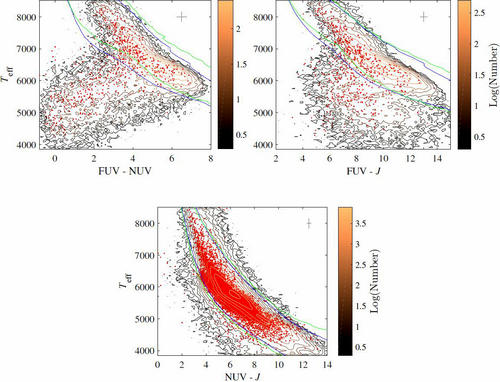The Large Sky Area Multi-Object Fiber Spectroscopic Telescope (LAMOST) has finished its third-year survey which contains 4,010,635 classified stars. The advent of such a large sample provides a unique opportunity for studying the nature of stars.
Dr. Yu Bai, Prof. Jifeng Liu and other co-authors from National Astronomical Observatories of Chinese Academy of Science (NAOC) have presented the largest stellar UV catalogbased on the LAMOST survey. The work is published on the Astrophysical Journal Supplement Series at https://doi.org/10.3847/1538-4365/aaaab9.
The stellar UV emission is believed to be the ideal indicator for investigating stellar activity, since it has the ability to cover a greater area of the sky, and further provides a more efficient diagnosis than other spectral proxies. The catalog has over three million stars, and the parameters to quantify stellar activity and variability. Based on well-estimated background and extinction, a newly developed method on upper limit magnitudes, spectral properties from the LAMOST, and time-resolved photometry in the far-UV and near-UV. Because of the large size and homogeneous nature, this catalog not only provides a wealth of information for the study of upper atmosphere emission, but also enables a stellar time-domainexploration in the UV. With the help of the catalog, the scientists can study the nature of stars, and further probe the formation and evolution of our galaxy.

Fig. Effective temperatures as functions of the colors for stars in our catalog (contours) and the matched stars in the SDSS archive (red points). The blue and green solid lines stand for the color rangesmodels. It indicates that the emission from regions beyond the stellar photosphereresult in the discrepancy between observed UV minus IRcolors and those predicted by theoretical models.

Address: 20A Datun Road, Chaoyang District, Beijing, China code: 100012
Tel: 010-64888708 E-mail: naoc@nao.cas.cn

